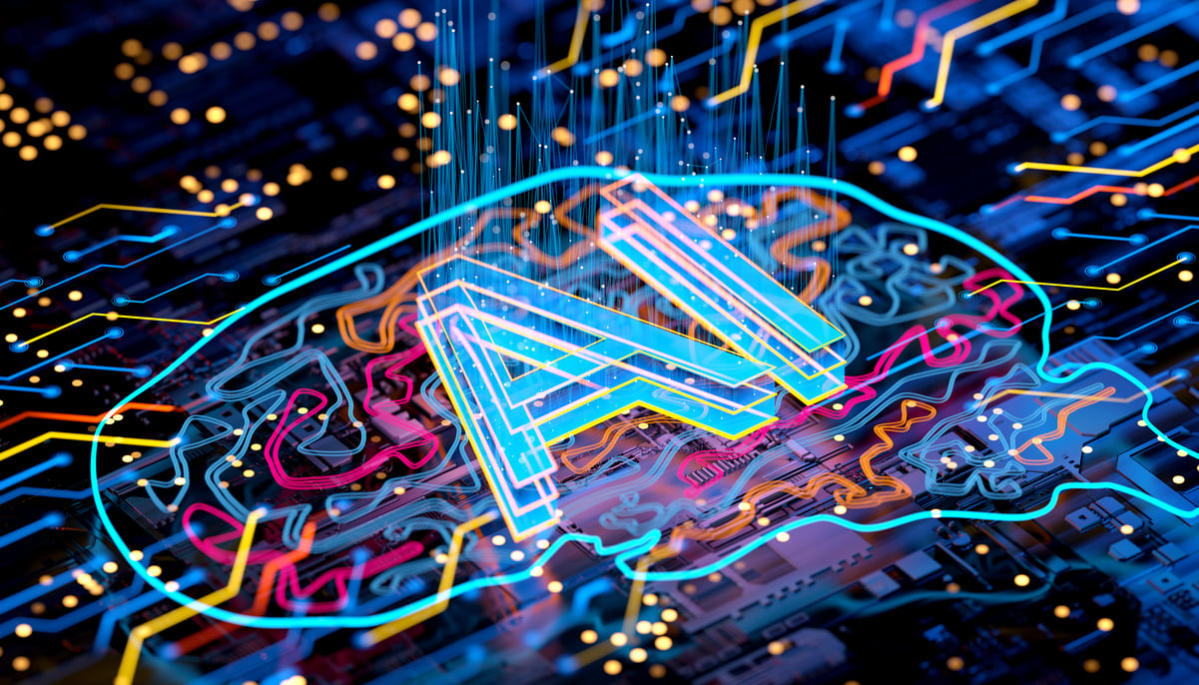- Neuroelectrics is developing therapies that it says will improve the lives of people living with brain disease.
- The Barcelona-based start-up’s main product is a headcap, which monitors the brain’s electrical activity and stimulates regions of the brain with mild electrical currents.
- Co-founder and CEO Ana Maiques believes the technology could significantly improve the lives of people suffering with epilepsy, depression and Alzheimer’s.
High up in the hills of Barcelona, brain science start-up Neuroelectrics is developing therapies that it says will improve the lives of people living with brain disease.
The group manufactures around 400 devices, which it ships to 75 different countries worldwide each year.
Its main product is a headcap, which monitors the brain’s electrical activity and stimulates regions of the brain with mild electrical currents.
Co-founder and CEO Ana Maiques believes it will significantly improve the lives of people suffering with epilepsy.
“In the world, there are 60 million patients suffering from epilepsy and one third of those don’t respond to medication,” Maiques told CNBC Tech: The Edge in an interview.
“These patients usually go into surgery, either a craniotomy — we remove the part of the brain that is creating the seizures — or an implanted device. So Neuroelectrics is bringing this noninvasive solution to try to reduce seizures.”
In a 17-patient study approved by U.S. Food and Drug Administration, the technology demonstrated a median seizure reduction of 41%. Neuroelectrics is pursuing FDA approval by September 2025.
In addition to epilepsy, Maiques and her team are optimistic that the headgear can also be used to treat depression and Alzheimer’s.
“Our devices read the electrical activity of the brain, but also inject electricity. So, the areas that we’re focused on are those that are clearly electric. So, when you have epilepsy, you have an electrical discharge in one area of your brain, so they can really target and help them,” said Roser Sanchez-Todo, R&D director for Neuroelectrics’ brain modelling department.
CNBC senior technology correspondent Arjun Kharpal tries on Neuroelectrics’ neurostimulating electrical headcap.
Benjamin Hall
Before a patient can use the technology, Neuroelectrics builds a replica of their brain, known as a NeuroTwin.
“We’ve been using what is now called AI, or machine learning, for years. If you think of flight pilots, they don’t go into planes, they are in simulators. So, why can you not have a simulator of the brain, where you can really have a digital copy of your brain?” Maiques said.
“Then we can say, if we provide you this treatment, or this stimulation, how is your brain going to react? We are very excited about our NeuroTwin technology. I think it’s going to change the way we look at brain diseases,” she added.
The end goal is for patients to be able to use the cap at home, which is essential as it takes ten daily 20-minute sessions for around eight weeks for the average epilepsy patient to feel results.
“Then you just go. You put your headcap on, maybe you need some help in order to put the gel for the electrodes, and you just press the start stimulation,” Sanchez-Todo said.
“Usually, it’s from 20 minutes to an hour that you’re sitting and relaxing. Then you just need to take it out, clean it, and then for the next day you repeat.”

Rachel Carter is a health and wellness expert dedicated to helping readers lead healthier lives. With a background in nutrition, she offers evidence-based advice on fitness, nutrition, and mental well-being.







